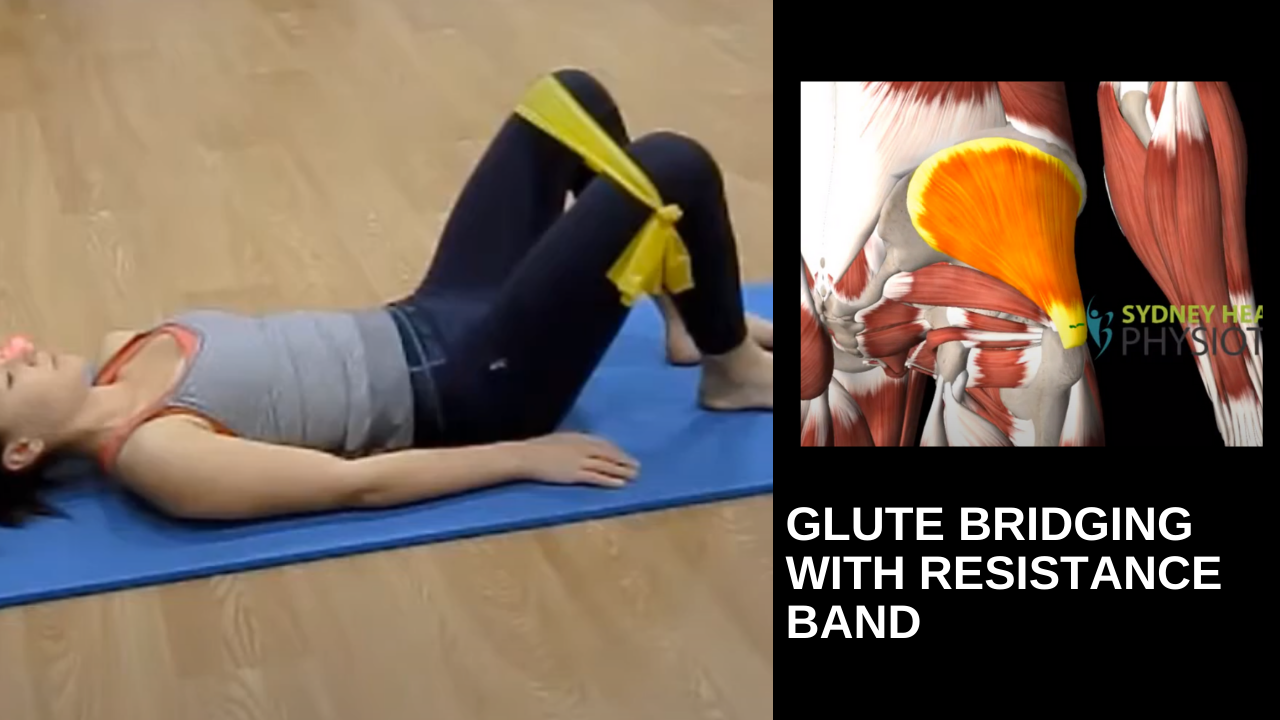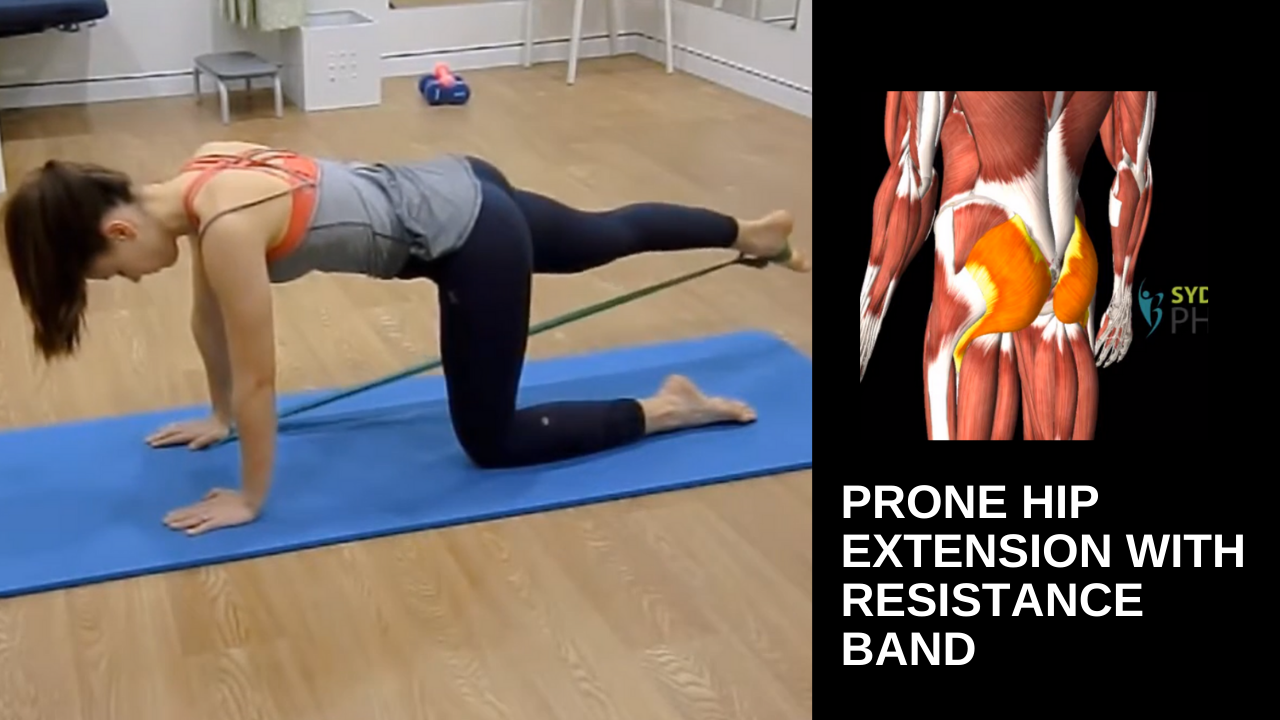Hip Flexor Rehab
In this video, we’ll guide you through effective exercises to strengthen your hip flexors. Strong hip flexors are essential for stability, mobility, and reducing strain on your lower back and legs. Let’s get started on building a stronger foundation for movement!
Bridge with band and dumbbell
A video focusing on glute strengthening with the bridging exercise. Strong glutes support your lower back, improve posture, and enhance overall stability. Let’s dive in and build a solid foundation together!
Glute Extension in 4 Point Kneeling
Gluteal tendinitis involves inflammation in the tendons supporting the glute muscles, which are key for hip and pelvis stability. These exercises target pain relief and recovery for people with active lifestyles or professions—like athletes, tradespeople, and those who stand for extended periods. Strengthen your glutes to reduce discomfort and enhance mobility.
Iliacus activation
Iliacus and psoas activation exercises target the primary hip flexors, essential for core stability and smooth hip movement. Ideal for individuals with sedentary jobs, athletes, and anyone aiming to improve posture and reduce lower back strain. Strengthen these deep muscles for enhanced flexibility and core support.
Sidelying hip clam shell
The sidelying clamshell exercise strengthens the hip gluteal muscles, enhancing balance and stability. Perfect for individuals recovering from hip injuries, athletes, and those aiming to improve lower body strength, this exercise supports hip alignment, aids in injury prevention, and boosts functional movement.
Glute bridging with resistance band
Supine glute bridges with a band around the legs activate and strengthen the hip glutes, essential for back pain prevention and improved stability. Ideal for those with lower back discomfort, athletes, and individuals seeking core and hip support, this exercise promotes strong glutes to protect the lower back and enhance posture.
Bridging on ball
The glute bridge on a stability ball engages and strengthens the glutes and core, promoting balance and back support. Ideal for individuals aiming to improve hip stability, reduce lower back strain, and enhance overall core strength, this exercise builds functional stability and boosts glute activation.
Prone hip extension with resistance band
The 4-point kneeling hip extension with a resistance band targets glute and hip strength, improving stability and control. Ideal for athletes, those rehabbing hip or lower back issues, and anyone looking to enhance core support, this exercise promotes hip alignment and balanced muscle activation.
Seated core and hip hold
Sitting on a stability ball for hip flexor activation engages the core and strengthens pelvic floor endurance, supporting posture and stability. Ideal for individuals seeking improved balance, core control, and lower body strength, this exercise enhances core endurance and promotes pelvic alignment.
Iliacus groin stability
The supine hip activation exercise targets groin muscles to improve strength and stability in the hip area. Ideal for individuals recovering from groin injuries, athletes, and anyone looking to enhance hip flexibility, this exercise supports balanced movement and reduces strain on the inner thigh and hip.
Core plank with ball roll
The hip and back advanced strengthening exercise targets core stability and lower body strength, essential for supporting functional movement and reducing injury risk. Ideal for newly pregnant women who are recovering from back issues, and anyone looking to improve overall stability. This exercise enhances hip power and back endurance for improved performance and resilience.
Running tips for return runners
Returning to running after recovery requires a gradual approach to prevent re-injury and rebuild strength. Key tips include starting with low-impact intervals, focusing on form and cadence, incorporating strength exercises, and allowing adequate rest. This guide is ideal for runners looking to ease back into their routine safely, ensuring a steady and sustainable return to peak performance.
Running man with trunk rotation
The Running Man with Trunk Rotation exercise activates and strengthens the side glute muscles, improving hip stability and core control. Perfect for runners, athletes, and individuals looking to enhance lateral hip strength, this dynamic movement promotes balance, coordination, and injury prevention in the lower body.
Ball hamstring bridge and roll
The hamstring bridge on a gym ball strengthens the hamstrings and glutes, crucial for stability and injury prevention in soccer players. This exercise is ideal for rehabbing and conditioning, promoting hamstring resilience, balance, and power essential for peak performance on the field.
ITB syndrome in long-distance runners and walkers
Ilio-tibial band injury and side-knee pain seen in runners. The involvement of hip and pelvis alignment in running is important.
Hip soreness in hikers and runners: bursitis and gluteal tendinopathy
Hip pain in hikers & runners




















